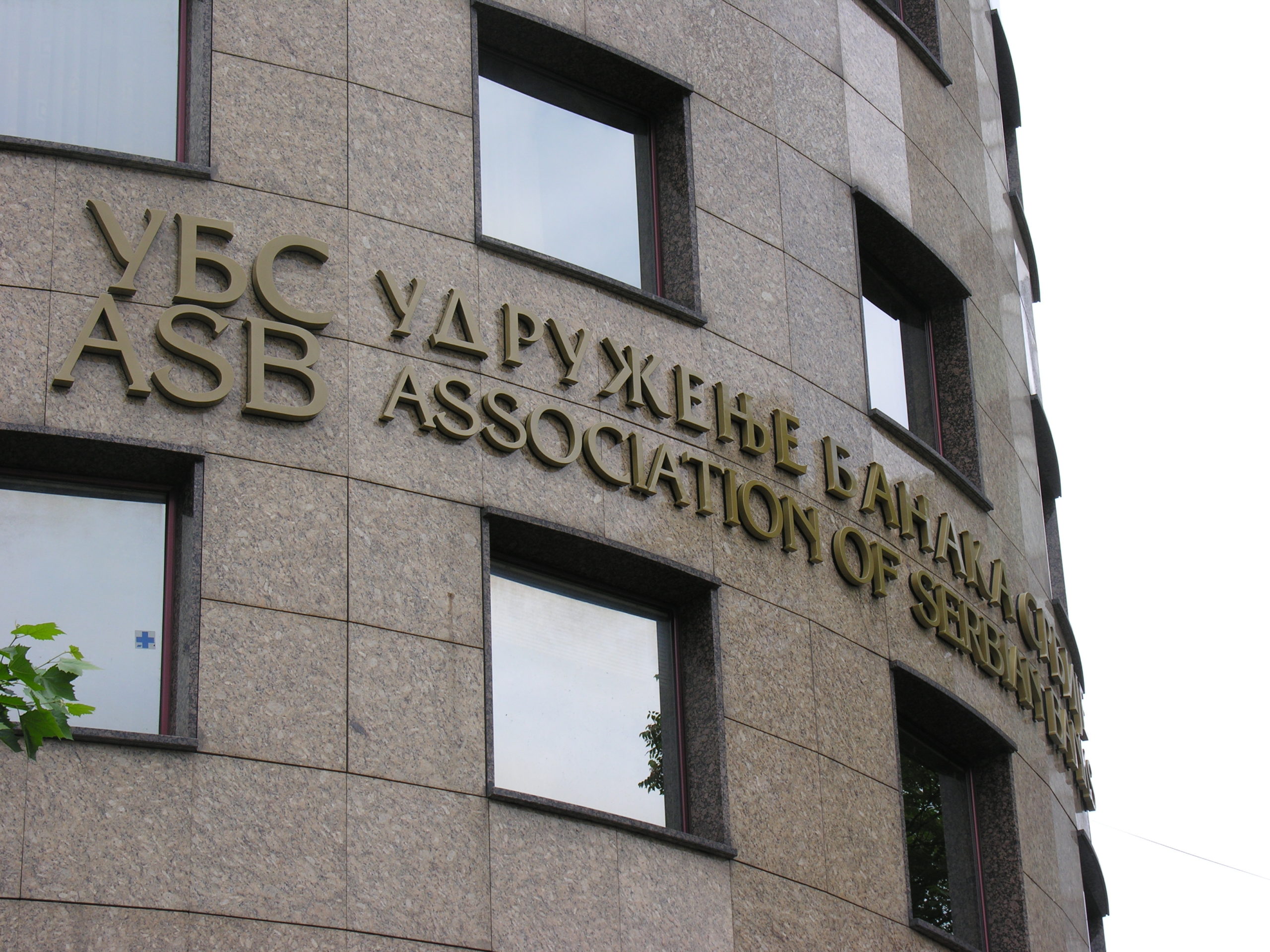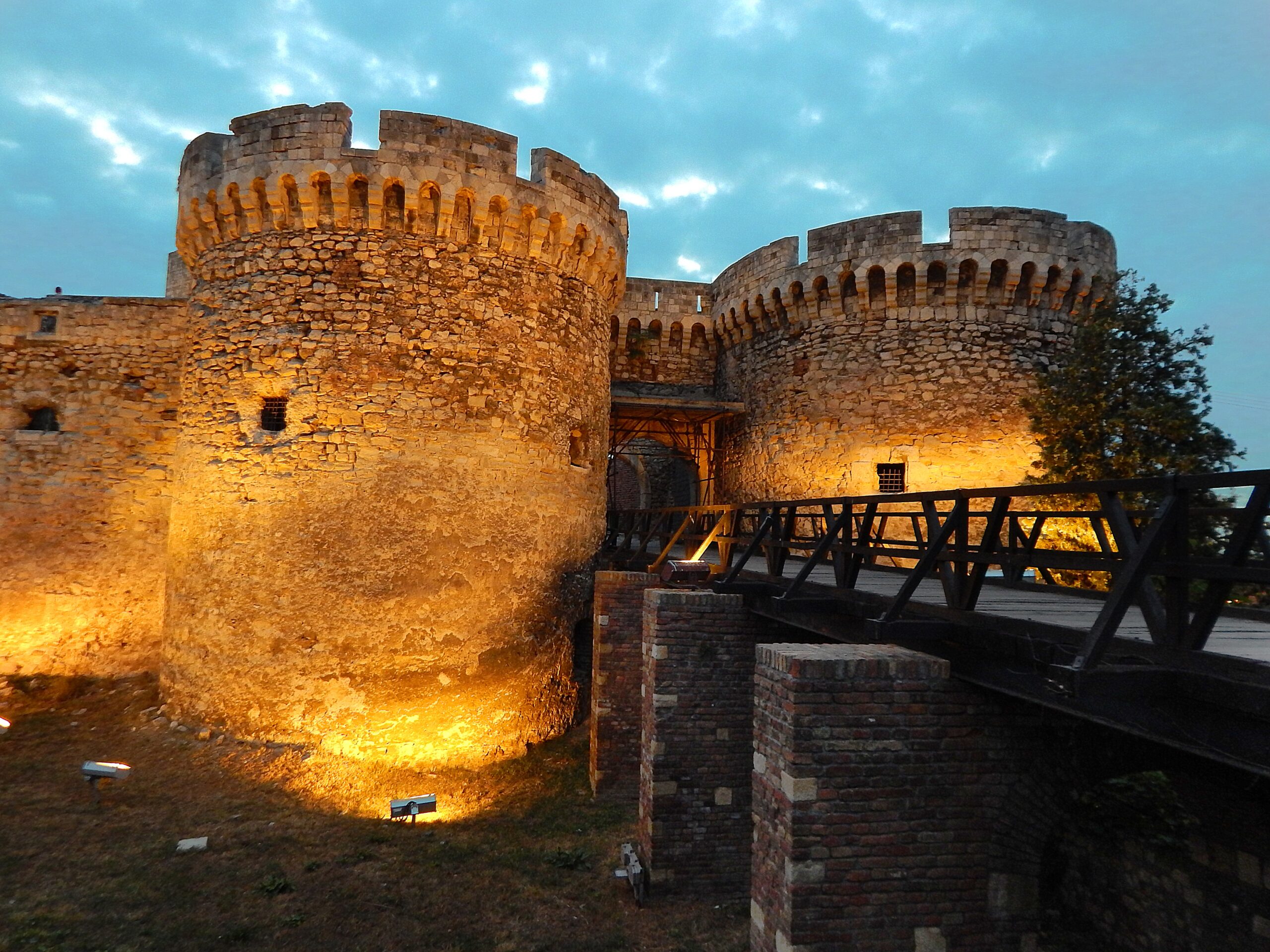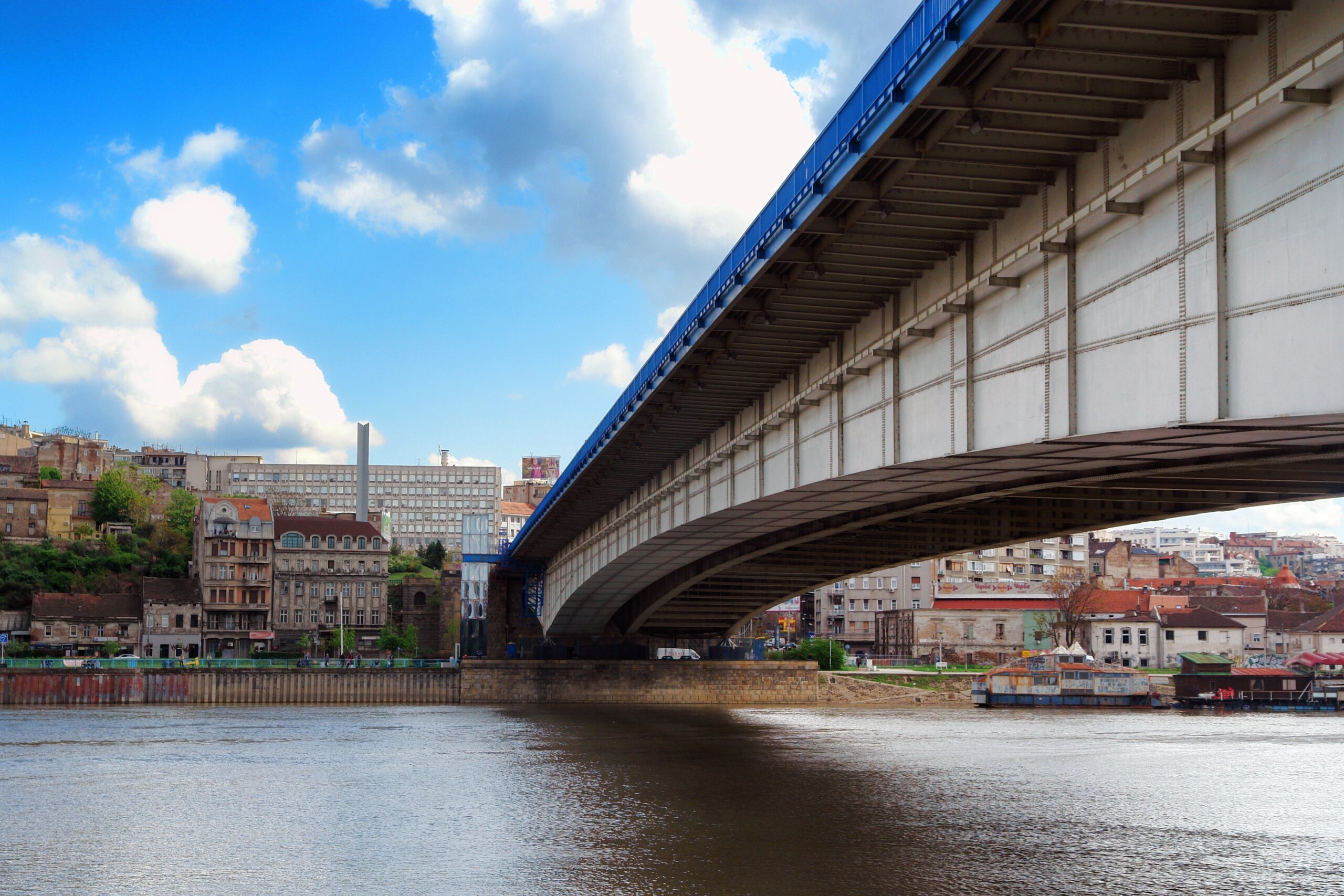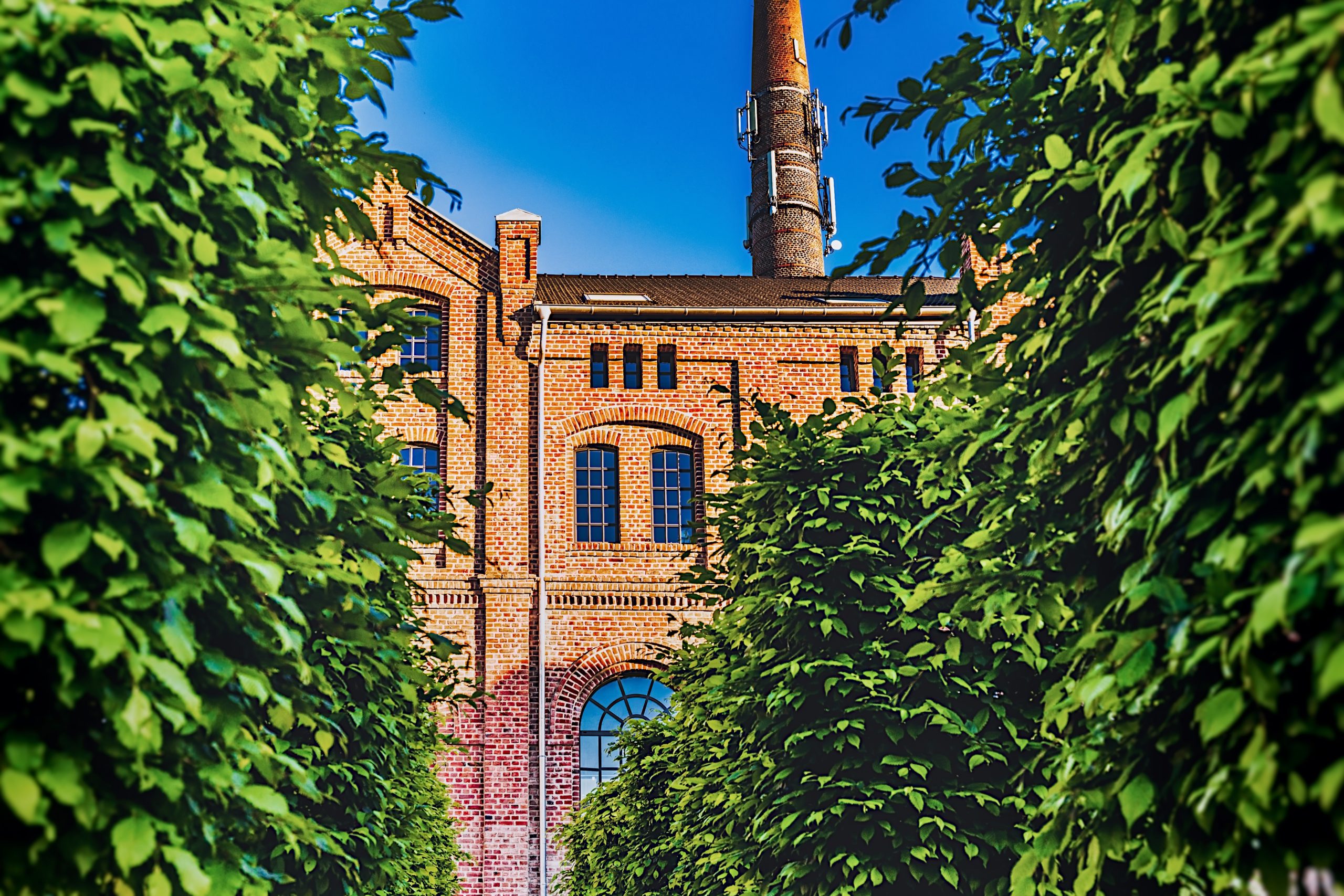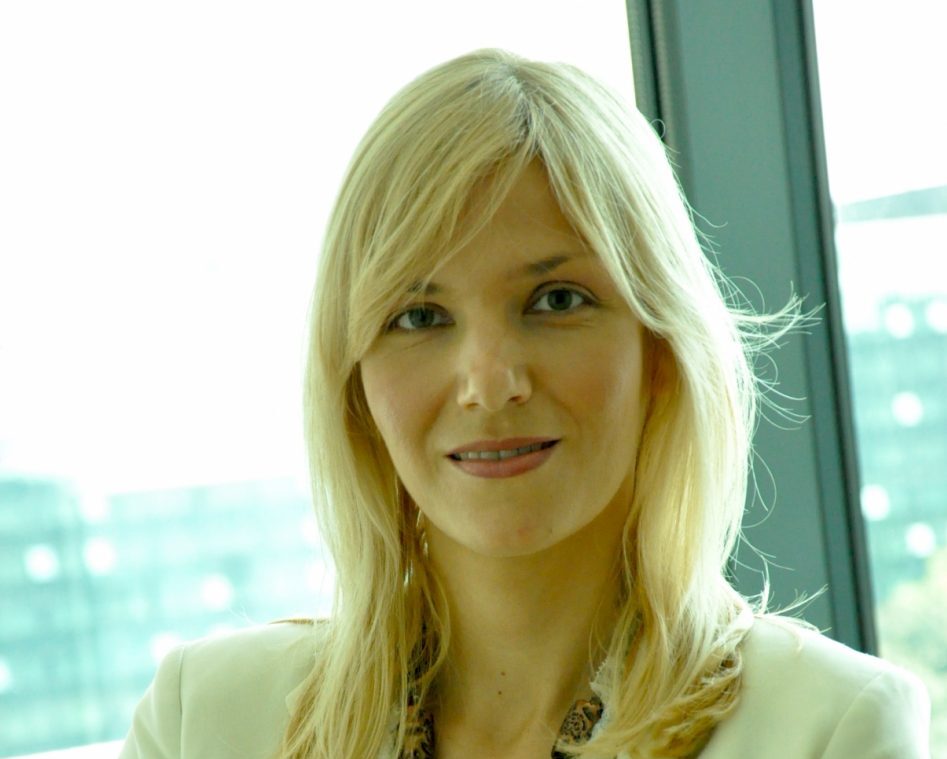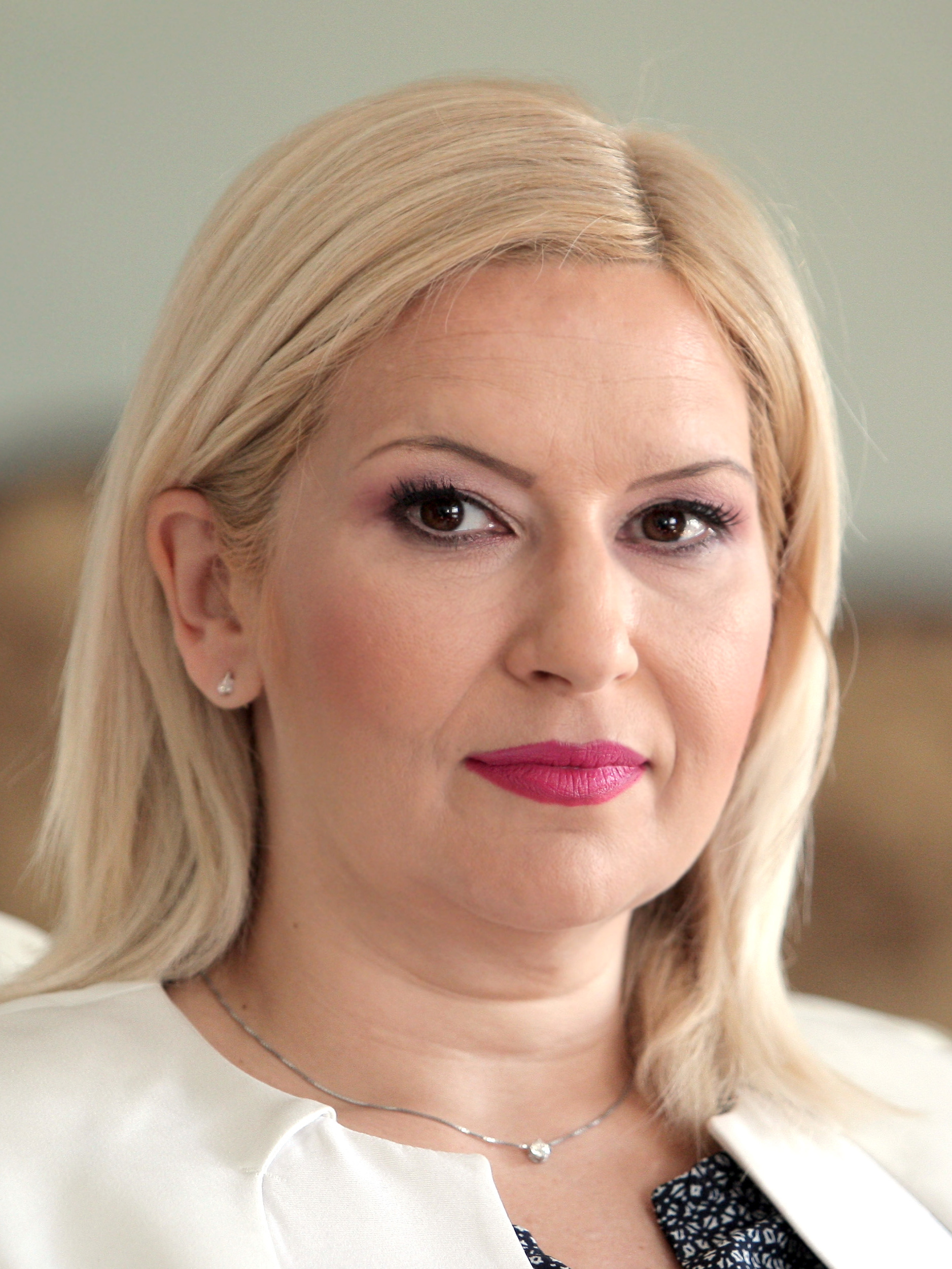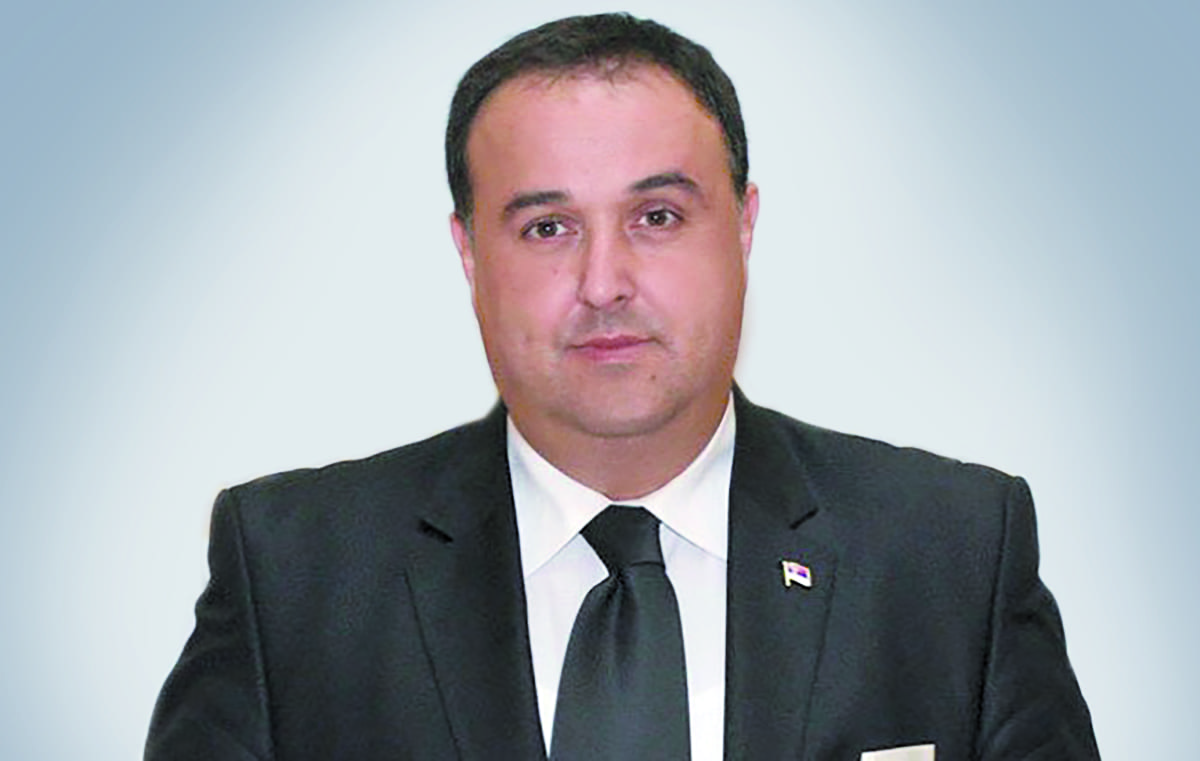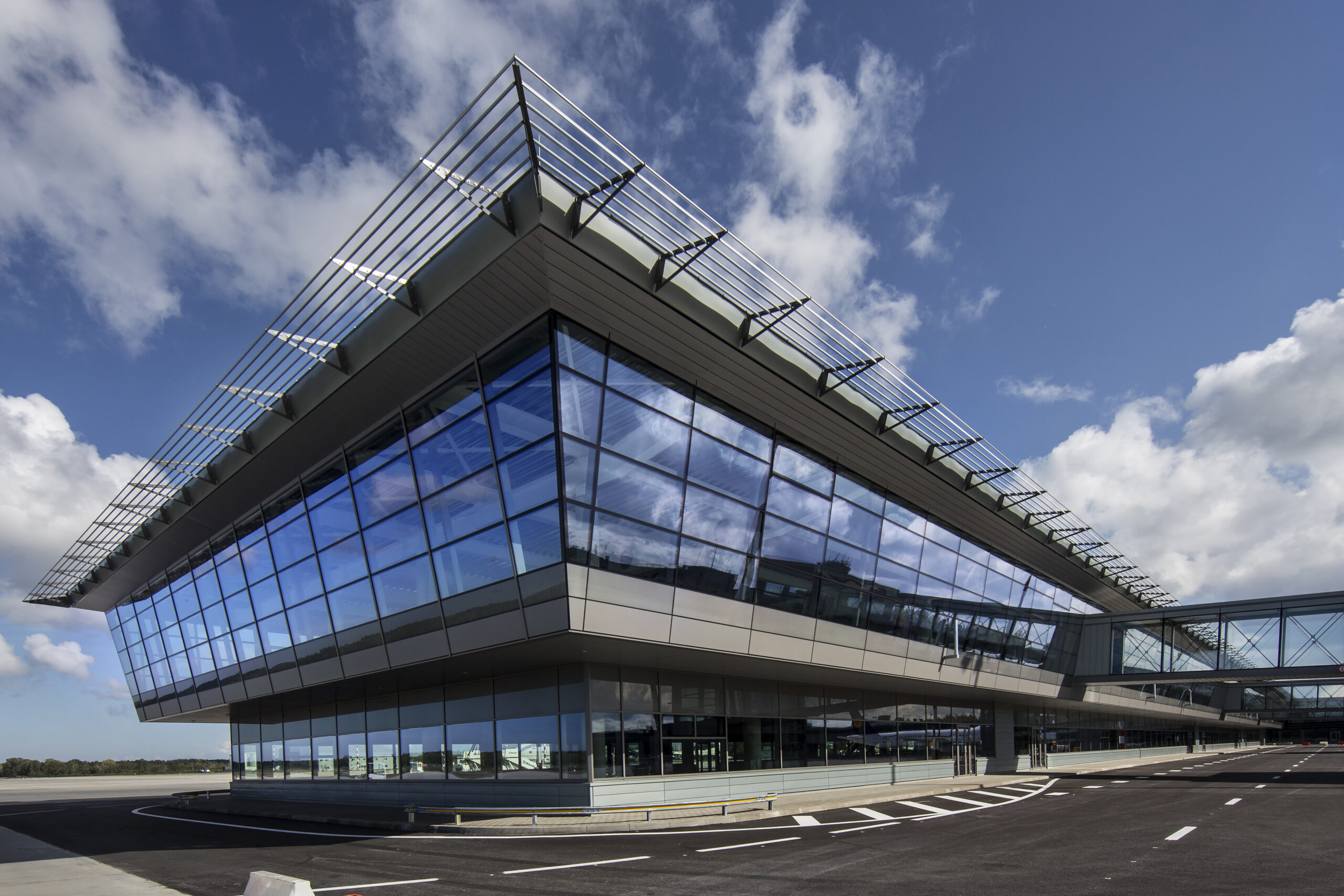The enduring bond between Northern Ireland and America

a principle closely aligned with American values.
Between 1845 and 1855, an estimated 5,000 ships braved the perilous Atlantic crossing, leaving the shores of Ireland during the Great Famine. The ships carried nearly two million Irish immigrants all hoping for a new life in America. Many of them would go on to become heroes in the American Civil War, playing a pivotal role in shaping the future of the United States. Countless stories embody the deep ties connecting Northern Ireland and America; a relationship forged through shared dreams of a better future.
Ancestral Legacy
Irish immigrants helped mold the foundation of the United States, impacting culture, politics, and the fabric of society. Setting sail in large numbers from Belfast during the 19th century, those arriving in the US went on to work building canals, railroads, and cities, often taking on dangerous and physically demanding jobs. Some of their descendants, spanning generations, rose to prominence in politics, with figures like President John F. Kennedy embodying the enduring influence and leadership of Irish-Americans. Historically, twenty-three American presidents have Irish heritage, and over 31.5 million residents claim Irish ancestry, second only to the 43 million of German descent.

Peace Through Collaboration
Joe P. Kennedy III, grandnephew of President John F. Kennedy and former US Special Envoy to Northern Ireland for Economic Affairs stated, “It is extraordinary what the region has been able to accomplish in the past 27 years thanks to the hard work of the last generation, exciting present state, and bright future ahead. The United States remains committed to Northern Ireland’s success, and the region’s economic growth rate is currently outpacing that of the rest of the UK. The USA should be proud of its engagement in Northern Ireland. From the peace process and contribution to the Good Friday Agreement of 1998, to helping build economic development today. There is no prosperity without peace, and no peace without prosperity. The locals go above and beyond to make sure Americans coming to Northern Ireland feel welcomed, valued, and understand that their investments are appreciated.”
The Business of Partnership

Beyond diplomacy, business ties are flourishing. Former US Ambassador to the UK, Jane D. Hartley said, “I’ve seen local businesses exporting their ideas and products to the world and young people who are committed to lifting up their communities. I have to mention the great American companies that are creating jobs and investment for the people of Northern Ireland; American businesses employ over 30,000 people in Northern Ireland. With the skills, talent, and creativity Northern Ireland has at its fingertips, and now, a lasting peace, I believe there’s no limit to what the region can achieve in the coming years.”
Historic Research
Since 1845, Queen’s University Belfast’s impact has stretched across the globe. In 2020, Secretary Hillary Rodham Clinton became the university’s first female Chancellor. Alongside Ulster University—Queen’s plays a key role in shaping Northern Ireland’s vibrant higher education landscape which has alumni in 137 countries. 99% of Queen’s research environment has been assessed as world leading or internationally excellent. Both universities are known for their strong focus on innovation, research, and widening access to education.
Cultural Currents and Shared Stories
From St. Patrick’s Day to Hollywood’s fascination with Irish heritage, cultural exchange continues to strengthen the bond. Musicians like Van Morrison captivate American audiences, another example of Northern Ireland’s influence reaching across the Atlantic.
As both sides navigate new political and economic landscapes, one thing remains clear: the relationship between Northern Ireland and the USA is not just historical; it is vital, evolving, and, above all, enduring.






